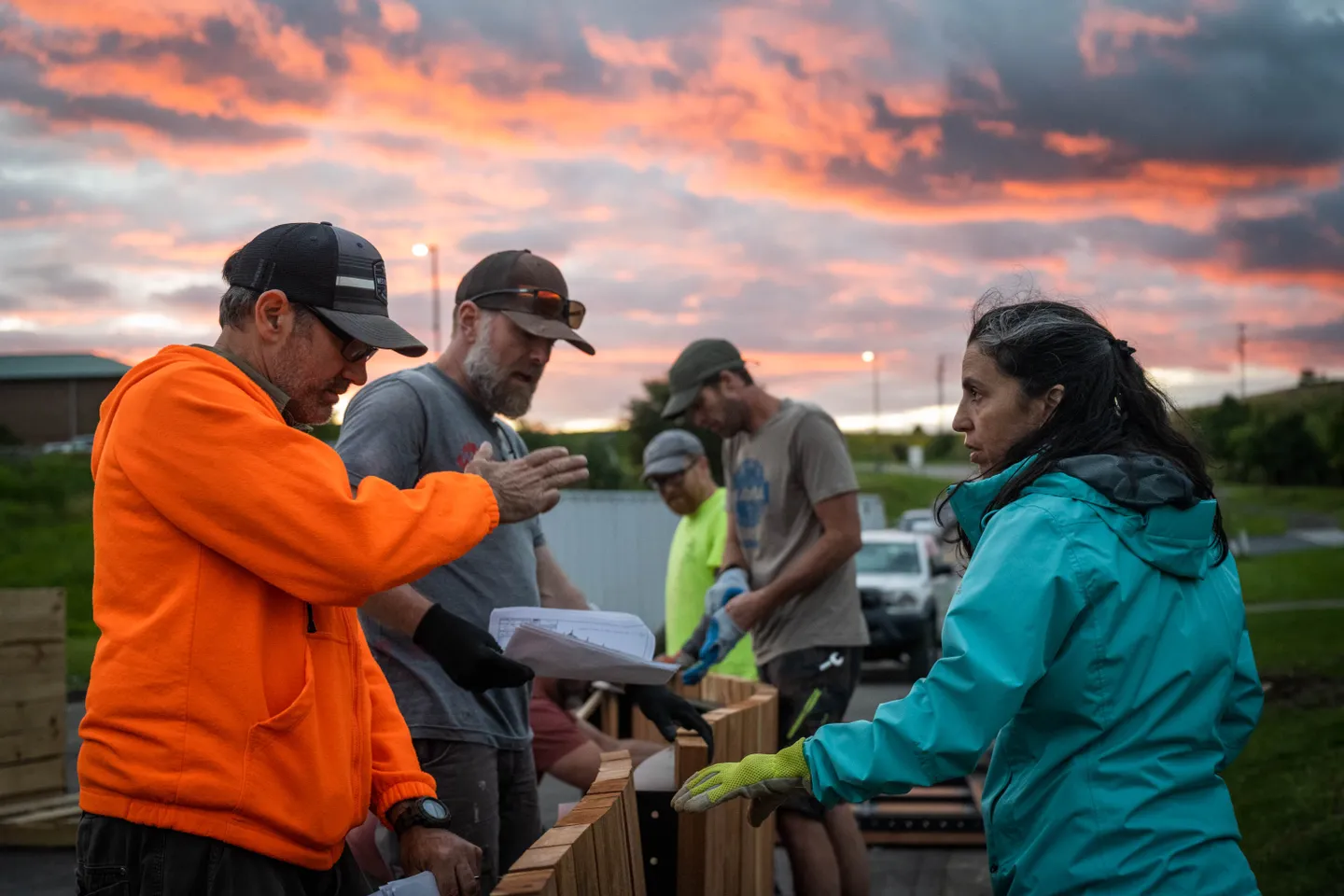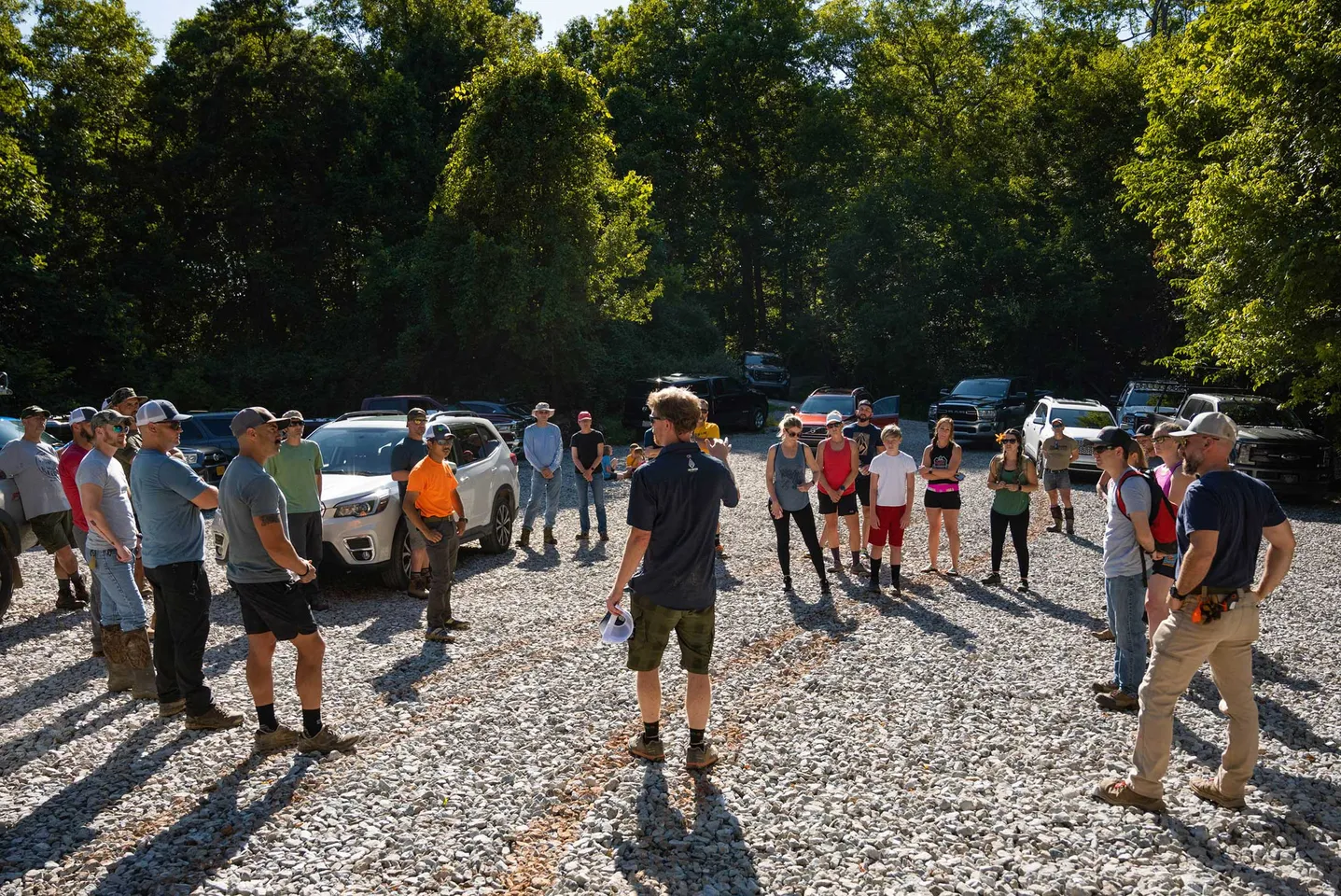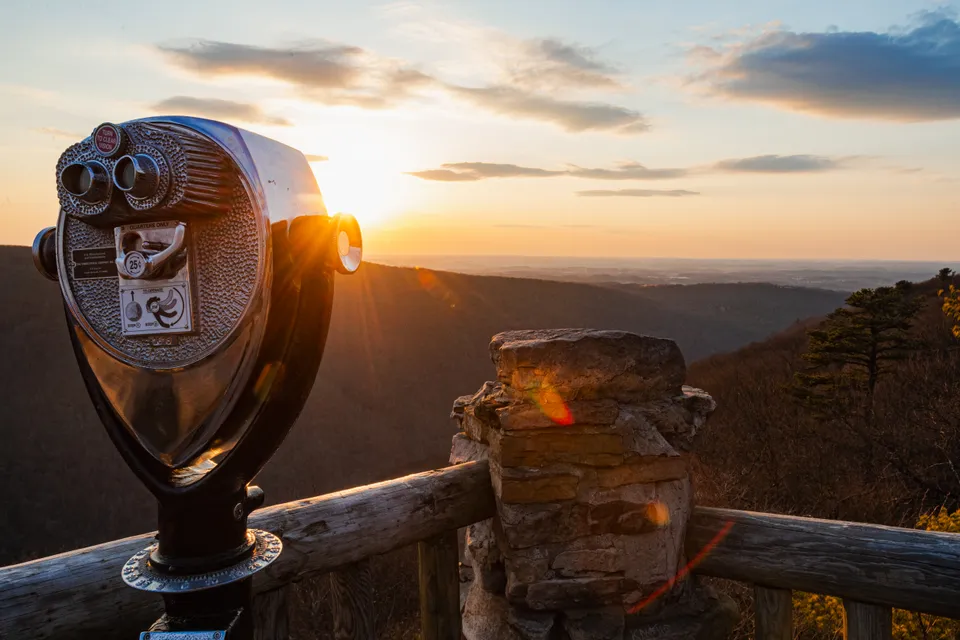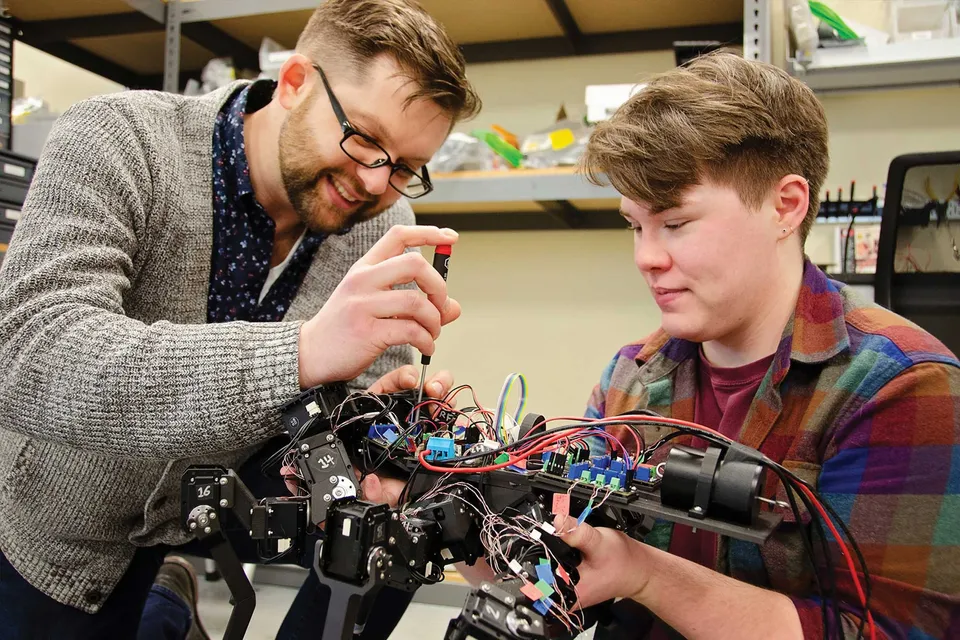As communities across the U.S. vie for economic development opportunities, West Virginia University is banking on one of the Mountain State’s greatest assets — the wonderful and often wild terrain that makes outdoor adventure an exciting proposition.
To do that, WVU has hired a trifecta of outdoor recreation experts to work with communities to build trails, capacity and other outdoor recreation amenities that will connect area residents with hiking and biking opportunities that may be off the beaten path, but not far enough from it to discourage users from taking themselves outside.
As part of the Smith Outdoor Economic Development Collaborative, they are in the field almost constantly, assisting communities with visioning, developing and managing trails that will provide access near where people live and of a quality that ensures West Virginia’s future reputation for high-quality outdoor recreation.
A part of the OEDC, Danny Twilley and team only go to communities that ask for their help. Communities like Fayetteville/Oak Hill and Lewisburg have taken that leap, and they’re picking up speed as they move toward creating trail systems that will provide several benefits. And while the trails attract visitors, Twilley, the assistant vice president of economic, community and asset development, believes that they will also create healthier communities that will attract potential homeowners and give young residents a reason to stay and work at home, too.
Outdoor adventure assets are high on the list of things people of all ages are looking for when they decide where they want to spend their lives, and Twilley is certain that by creating “anchors” like trails in areas that have high potential and the possibility of high impact, people will create their own connections. “If we strategically look at these anchors, then we’re looking at places that don’t have trails or need improved trails and do it with intentionality,” he said.
Coupling those trails with other assets like whitewater kayaking/rafting or skiing or rock climbing, creates a unique experience that can support community centers in a multi-tiered strategy that includes highlighting some other natural resources — the culture and people of Appalachia. Twilley starts with asking those longtime residents what they want to do, what they want to be, how they want to be seen.




